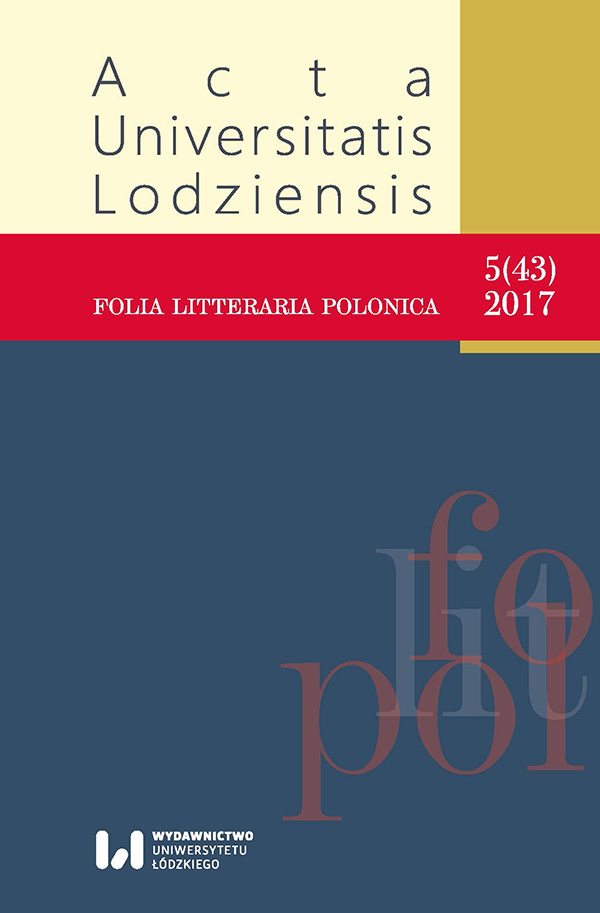Strategies for organising the attention of receivers in e-mail marketing
Strategies for organising the attention of receivers in e-mail marketing
Author(s): Anita Filipczak-BiałkowskaSubject(s): Social Sciences, Electronic information storage and retrieval
Published by: Wydawnictwo Uniwersytetu Łódzkiego
Keywords: social communication;receiver’s attention;advertising;e-mail marketing;genre homotopia;figure-ground concept
Summary/Abstract: The article entitled “Strategies for organising the attention of receivers in e-mail marketing” discusses issues within social communication, more specifically e-mail advertising communication. In it, I consider the intention to draw the attention of receivers as the major element of said type of communication. The creators of advertisements utilise various methods for presenting their offers, as, in the light of market research, e-mail communication still holds a high significance in marketing. E-mail inboxes are often filled with advertising messages. Users easily identify some of those as advertising messages, and remove them without engaging their attention resources. Other, however, require more careful consideration as they do not reveal their commercial provenance, or even force users to open them. In order to discover the communication-based mechanisms which lay at the foundation of the influence on the receiver, I conducted a study of the material that I collected within a period of 2 years; there I analysed only those elements of an e-mail visible to receivers prior to clicking on a message. Eventually, I extracted 300 examples indicating the applications of the strategies discussed in the article, one of which is based on the intention to highlight an offer among other messages, while the other is aimed at concealing the marketing dimension of an offer. The assumed perspective of this communication-based study was explained by a description of an interdisciplinary nature: I discuss each strategy from the perspective of a linguist, I propose explanations of the mechanisms of their operation based on the knowledge regarding selected psychological mechanisms, and I indicated the operating tactics utilised within each strategy. The significance of the study was emphasised by the fact that a conscious and intentional concealment of the purpose of an e-mail constitutes an instrumental approach to receivers. Therefore, the application by the senders of advertising messages of the discussed strategies raises justified ethical doubts, and demands further research consideration, which might lead to legislative solutions.
Journal: Acta Universitatis Lodziensis. Folia Litteraria Polonica
- Issue Year: 43/2017
- Issue No: 5
- Page Range: 157-169
- Page Count: 13
- Language: English

